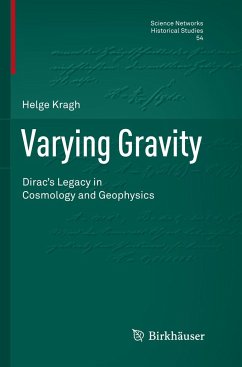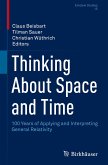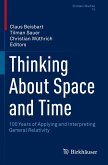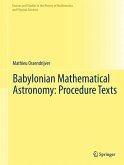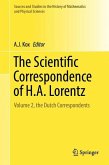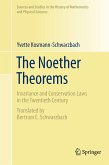The main focus of this book is on the interconnection of two unorthodox scientific ideas, the varying-gravity hypothesis and the expanding-earth hypothesis. As such, it provides a fascinating insight into a nearly forgotten chapter in both the history of cosmology and the history of the earth sciences.
The hypothesis that the force of gravity decreases over cosmic time was first proposed by Paul Dirac in 1937. In this book the author examines in detail the historical development of Dirac's hypothesis and its consequences for the structure and history of the earth, the most important of which was that the earth must have been smaller in the past.
The hypothesis that the force of gravity decreases over cosmic time was first proposed by Paul Dirac in 1937. In this book the author examines in detail the historical development of Dirac's hypothesis and its consequences for the structure and history of the earth, the most important of which was that the earth must have been smaller in the past.
"The main idea underlying Kragh's book is the link between varying gravity and the older idea assuming an 'expansion of the Earth' in past epochs, discussed since the nineteenth century among geologists and astronomers. ... Kragh's book is a fine example of an inspiring investigation in the history and philosophy of science. I imagine that it will also be of interest to readers with a background in the earth sciences." (Hubert Goenner, Isis, Vol. 107 (4), December, 2016)
"This book is a stimulating reading material because it contains a lot of historical and systematic information in cosmology and geophysics. Moreover, it shows how fantasy can help to overcome disciplinary borderlines ... ." (Horst-Heino von Borzeszkowski, zbMATH 1344.83007, 2016)
"This book is a stimulating reading material because it contains a lot of historical and systematic information in cosmology and geophysics. Moreover, it shows how fantasy can help to overcome disciplinary borderlines ... ." (Horst-Heino von Borzeszkowski, zbMATH 1344.83007, 2016)

